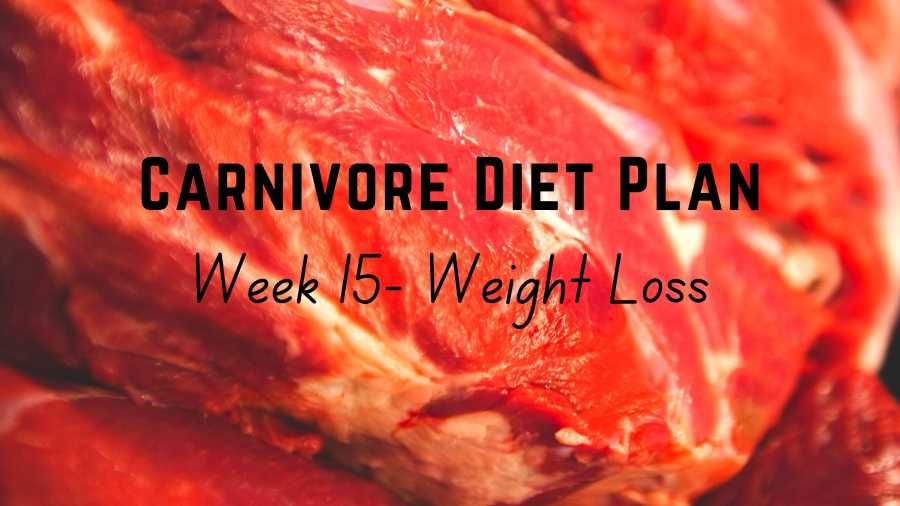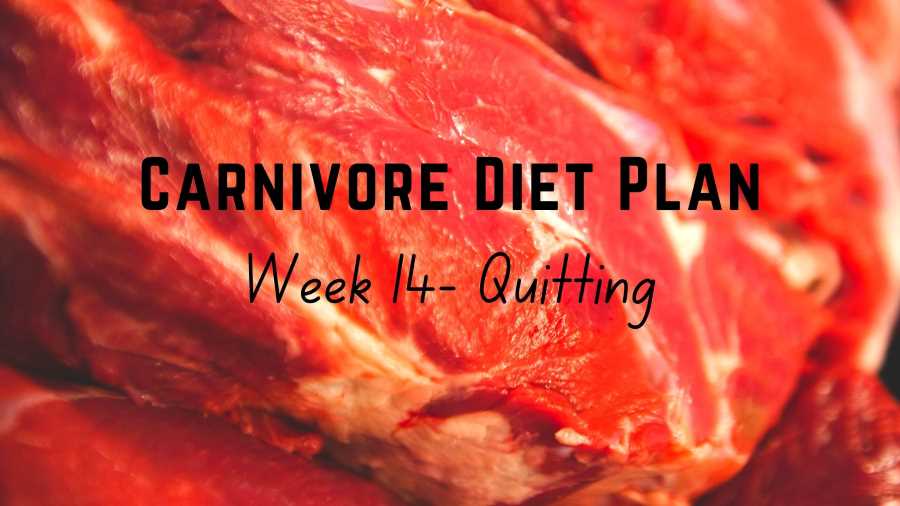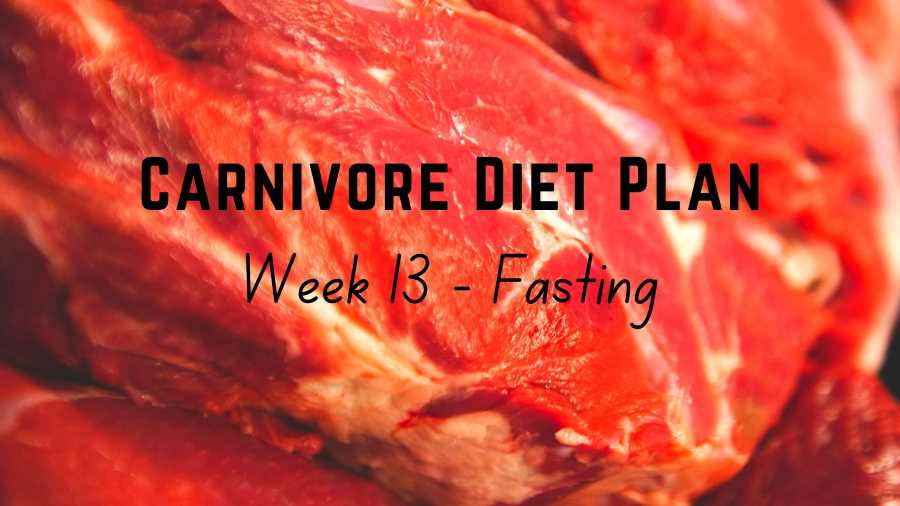This week we will focus on something that is just as important as what you put in your body: sun exposure.
Technically, sun exposure has got very little to do with the carnivore diet but it is part of the ancestral lifestyle.
While our ancestors spent most of their time outdoors, hunting, building shelters, getting water, running away from dangers, or socializing, today we spend most of our time indoors for study, work, exercise, or leisure.
For many decades, we’ve been told that sun exposure causes skin cancer and, as a result, we have radically shifted our mindset from worshipping the sun to fearing and avoiding sunlight.
If we have to be out in the sun, we are told to practice “slip, slop, slap, slide and shade”, that is we should slip on a shirt, slop on sunscreen, slap on a broad-brimmed hat, slide on sunglasses and seek shade whenever possible.
As a result, vitamin D deficiency has become a global public health problem.
It is estimated that around 1 billion people worldwide have vitamin D deficiency and 50% have vitamin D insufficiency.[1]
In the United States, 35% of adults and 61% of the elderly population are vitamin D deficient. Vitamin D deficiency is common amongst children too with 47% of African American infants and 56% of Caucasian infants having vitamin D deficiency.[2]
Even in Australia, one of the sunniest places on earth, the “slip slop slap” campaign is so effective that vitamin C deficiency is common there. In a small study involving over 2,000 participants, 23% have vitamin D deficiency. In another study involving over 30,000 patients (inpatient and outpatient), 60% were found to have inadequate serum vitamin D levels.[3, 4, 5, 6]
So, this week, let’s have a look at the many benefits of sunlight that no wonder pill can ever produce and find out how you can get those benefits without increasing the risk of skin cancer.
Why sun exposure is super important
Sun exposure is the best source of vitamin D
Vitamin D promotes calcium and phosphorus absorption which is critical in building and maintaining bone health. Without vitamin D, bones cannot be properly formed. Without sufficient vitamin D, bones can become thin, brittle, or misshapen. Adequate vitamin D helps prevent rickets in children and osteomalacia and osteoporosis in adults.[7]
In addition, vitamin D plays an important role in reducing inflammation, modulating cell growth, neuromuscular and immune function, and glucose metabolism. Many genes encoding proteins that regulate cell proliferation, differentiation, and apoptosis are modulated in part by vitamin D. Many tissues and organs in the body have vitamin D receptors indicating its wide-ranging role in the human body.[8]
While you can get vitamin D from food sources such as liver, fatty fish, and egg yolk, the current dietary pattern means people generally cannot get sufficient vitamin D from their diet.
Accordingly, sun exposure remains the best way to make sure you get adequate vitamin D. Vitamin D is synthesized when ultraviolet rays touch the skin, it’s simple as that.
It’s difficult to determine how much sun exposure is needed to maintain adequate vitamin D levels but some expert bodies suggest that between 5-30 minutes of sun exposure to the face, arms, hands, and legs without sunscreen either daily or at least twice a week can be sufficient.[9]
It is important to note that only UVB can help synthesize vitamin D and UVB is strongest between 10 a.m. and 4 p.m. Therefore, for the best vitamin D production, you need to spend some time during this period with as much skin exposure as possible and without sunscreen.
The sun, the source of life, gives us more than just vitamin D. We will look at other benefits of sun exposure below.
Sun exposure is good for mental health
When you are exposed to the sun, especially UVB, the skin produces beta-endorphin, your body’s natural pain relief. Beta-endorphin will enter the bloodstream and make you feel positive and happy. This is probably the reason why some people find sunbathing addictive.
Exposure to light can also stimulate the production of serotonin, also known as a happy hormone because it can stabilize mood, feelings of well-being, and happiness. Normal adults tend to have elevated serotonin levels in the late summer and fall, and reduced serotonin levels in the spring.[10, 11]
People who suffer from Seasonal Affective Disorders, a type of depression that begins in the fall and worsens in the winter, can use phototherapy as a cheap and effective form of treatment.
Sunlight regulates your circadian rhythm
Your body’s circadian rhythm is the internal 24-hour clock running in the background of your brain and regulates the sleep and wake cycle at regular intervals.[12]
This sleep-wake cycle is in line with the 24-hour solar day.
When we rise in the morning and our eyes and skin are exposed to sunlight, our body produces serotonin, beta-endorphin, and vitamin D, amongst other things. This makes us feel energetic, productive, positive, and happy. When darkness comes, our body produces melatonin which helps us sleep.
For millions of years, our ancestors’ circadian clock was entrained to the rising and setting of the sun.
But it is no longer the case in today’s environment. We don’t spend much time outside in natural sunlight anymore and instead, we are exposed to artificial light most of the time.
Artificial light can suppress melatonin production and shift the circadian phase.[13]
Staying awake late and being exposed to artificial light throw our circadian rhythm out of whack: our sleep, our mood, our productivity, and our health suffer.
If you can, spend as much time as possible in natural light and keep your routine as close to the sun’s cycle as possible.
Sun exposure improves your immune system
Influenza infection rate is generally higher during the winter months at latitudes North and South of the equator but more spread out for people living near the equator.
This may have something to do with the amount of sun exposure, vitamin D levels, and their impact on the immune system.
Vitamin D has an important role in regulating the immune system and deficiency in vitamin D has been associated with an increased risk of autoimmunity and infection.[14]
Infants with low serum vitamin D levels were found to have a higher risk of acquiring respiratory tract infections. The same applies to adults, healthy levels of circulating vitamin D were associated with a lower risk of developing acute viral respiratory tract infections.[15]
The odds of having a serious clinical outcome for COVID patients are found to increase 38.1 times for vitamin D deficiency patients and 5.6 times for vitamin D insufficiency patients.[16]
In a study involving military recruits in Finland, recruits with lower serum vitamin D levels lost significantly more active-duty days due to upper respiratory infections than recruits with higher vitamin D levels.[17]
Just by supplementing vitamin D during the winter months, schoolchildren in Japan reduced their risk of developing influenza infection by 42%.[18]
Before the advent of antibiotics, exposure to sunlight and cod liver oil supplements were used to treat and prevent tuberculosis as well as upper respiratory tract infections.[19, 20]
During World War I, sunlight was used to treat wounded soldiers. Doctors would encourage soldiers to sit in the sun with their open wounds for hours to heal.
According to Dr. Holick, phototherapy was used extensively during the 1930-1940 period to treat various diseases until it was swallowed up by the pharmaceutical industry.
With the availability of vitamin D fortified food and penicillin, the general view now is why bother getting sunlight and “increasing” your cancer risks when you can just go to the chemist and get a pill?
Sun exposure can help treat many health problems and reduce mortality
Natural sunlight or phototherapy using sun lamps can help improve or treat numerous health problems including psoriasis, vitiligo, atopic dermatitis, localized scleroderma, and multiple sclerosis. In addition, vitamin D and nitric oxide generated from UV exposure have been associated with a reduction in blood pressure and an improvement in cardiovascular health.[21, 22]
Several studies have found that sun exposure is associated with a lower mortality rate.
For example, in a study involving over 38,000 Swedish women, solar UV exposure was associated with reduced overall and cardiovascular disease mortality, whereas artificial UV exposure was associated with increased overall and cancer mortality.[23]
Another study involving nearly 30,000 participants found that avoidance of sun exposure is a risk factor for all-cause mortality. The mortality rate amongst avoiders of sun exposure was approximately twofold higher compared with the highest sun exposure group.[24]
However, note that these are mostly based on findings from observational studies which can’t prove causality.
How to get enough sunlight
While excessive sun exposure can cause skin damage and increase risks of skin cancer, currently about 50% of the world’s population have vitamin D insufficiency which means many people don’t have enough sun exposure.[25]
According to the WHO’s The Global Burden of Disease Due to Ultraviolet Radiation, excessive UVR exposure is estimated to contribute to an annual loss of 1.6 million disability-adjusted life years. However, an estimated loss of 3.3 billion disability-adjusted life years results from very low levels of UVR exposure.[26]
You can do a blood test to find out if you have an adequate level of vitamin D.
While you can get vitamin D supplements to address vitamin D deficiency or vitamin D insufficiency, being the source of life, the sun definitely gives you more than just vitamin D. As discussed above, sun exposure has so many health benefits.
Furthermore, vitamin D produced in the skin from sun exposure is found to last 2-3 times longer in circulation than vitamin D from supplements. In addition, 100% of vitamin D produced in the skin is potentially bound to vitamin D binding protein compared to only 60% when vitamin D is ingested.[27]
Factors influencing vitamin D synthesis from sun exposure include:
- Zenith angle. Only about 1% of solar UVB radiation reaches the earth’s surface in the summer at noon. The further the UVB has to travel, the fewer the number of UVB photons reach the earth’s surface and the less vitamin D will be synthesized. If you live near the equator, you don’t need as much sun exposure as those who live farther North and South
- Air pollution. Air pollution will absorb solar UVB radiation and reduce the amount of UVB radiation available for vitamin D synthesis
- Altitude. The higher the altitude, the shorter the distance that UVB has to travel and the more UVB photons are available for vitamin D synthesis
- Sunscreen. Sunscreen with an SPF of 30 can absorb 95-98% of UVB radiation. Therefore, if you wear sunscreen, there is very little vitamin D being produced even if you spend a long time in the sun
- Skin pigment. Dark pigmented skin acts as a natural sunscreen. If you have a dark skin tone, you will need to spend a lot longer in the sun to get adequate vitamin D
- Aging. Your body’s ability to produce vitamin D from sun exposure declines with age.
As mentioned above, various sources suggest that between 5-30 minutes of sun exposure to the face, arms, hands, and legs without sunscreen either daily or at least twice a week can be sufficient.
If you live farther away from the equator, have a dark skin tone, or are older, you will need more sun exposure and should aim toward the upper bound of about 30 minutes a day.
If you are white or have a lighter skin tone, live near the equator, or live at higher altitudes, you may not need as much sun exposure.
If you have been avoiding sun exposure and always use sunscreen, build it up gradually.
I would suggest starting with throwing away your sunscreen due to its harmful impacts on human health. If you would like to find out in more detail about toxic substances in sunscreen, please read this and this study.
If you are concerned about skin cancer risk or sunburn, wear a long sleeve shirt and a hat and avoid spending too long in peak sunlight.
Morning and late afternoon sun exposure are safe to start with but due to very little UVB available during this time of the day, your body can’t make much vitamin D. You do need sun exposure between 10 a.m. and 4 p.m so that your body can synthesize vitamin D.
You can start with just a few minutes of sun exposure between 10 a.m. and 4 p.m. and gradually build up a natural tan and better tolerance.
If you are an office worker, unfortunately, the best time for the sunshine vitamin is the time when you are most likely deskbound. In this case, you do need to make a conscious effort to get out in the sun around mid-day, for example, pack your own lunch and walk to a nearby park or a place where you can get some sun while eating your lunch.
Many people find that they don’t get sunburn easily like they used to after they switch to the carnivore diet and that has been my personal experience too.
I used to get sunburn with short exposure to just the morning and late afternoon sun, so it was a pleasant surprise to find out it’s no longer the case.
GIVE THE BABY A COAT OF TAN
The baby should get tanned all over but the tanning should take place gradually. Care should be taken not to burn him. Some babies tan more quickly than others; some burn more easily.
Dark-skinned babies need more sun to tan them and to protect them from rickets than fair-skinned babies.
In warm weather, sun baths should be given.
U.S. Department of Labour, Children’s Bureau, 1931
The take-home message for this week
This week, in addition to eating a lot of ruminant meat and organ meat, aim to have about half an hour of sunlight a day. In summary:
- Eat ruminant meat (e.g. beef, lamb, bison, goat, kangaroo etc.)
- Eat only when you are hungry and eat until you are full but don’t overeat
- Cook some of your meat to blue, rare, medium rare, or medium
- Have liver and other organ meat regularly (3 – 5 times a week or more)
- Drink a small cup of bone broth daily
- Salt to taste
- Drink water to thirst
- Get about 30 minutes of sunlight every day.
Links to all posts in the 16-week carnivore diet plan
- 16-Week Carnivore Diet Plan: An overview
- Week 1: Preparation
- Week 2: Ruminant and liver
- Week 3: Ruminant and more organ meat
- Week 4: Fat-to-protein ratio
- Week 5: Sun exposure
- Week 6: Salt experiment
- Week 7: Ancestral movements
- Week 8: Meal frequency and meal timing
- Week 9: Intolerance testing (other animal-based food)
- Week 10: Intolerance testing (fruits)
- Week 11: Intolerance testing (other plant food)
- Week 12: How much to eat
- Week 13: Fasting
- Week 14: Quitting
- Week 15: Weight loss
- Week 16: The Way Forward.
If you find this post helpful, please consider sharing this post and my site with your family, friends, and followers. That would be much appreciated. Please also check out my library of articles on the carnivore diet here which is updated regularly.
Disclaimer: The information in this post is for reference purposes only and not intended to constitute or replace professional medical advice. Please consult a qualified medical professional before making any changes to your diet or lifestyle.
Photo credit: Julian Peter on Pexels





